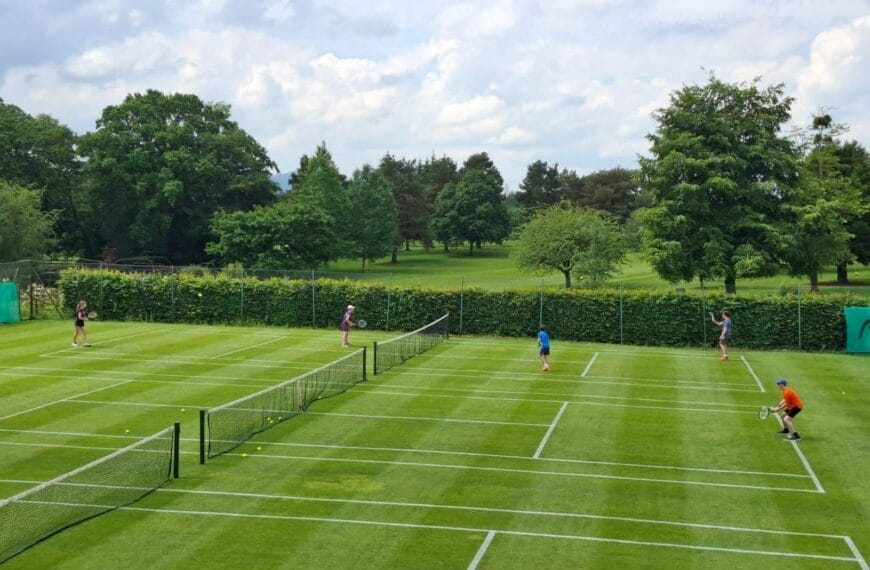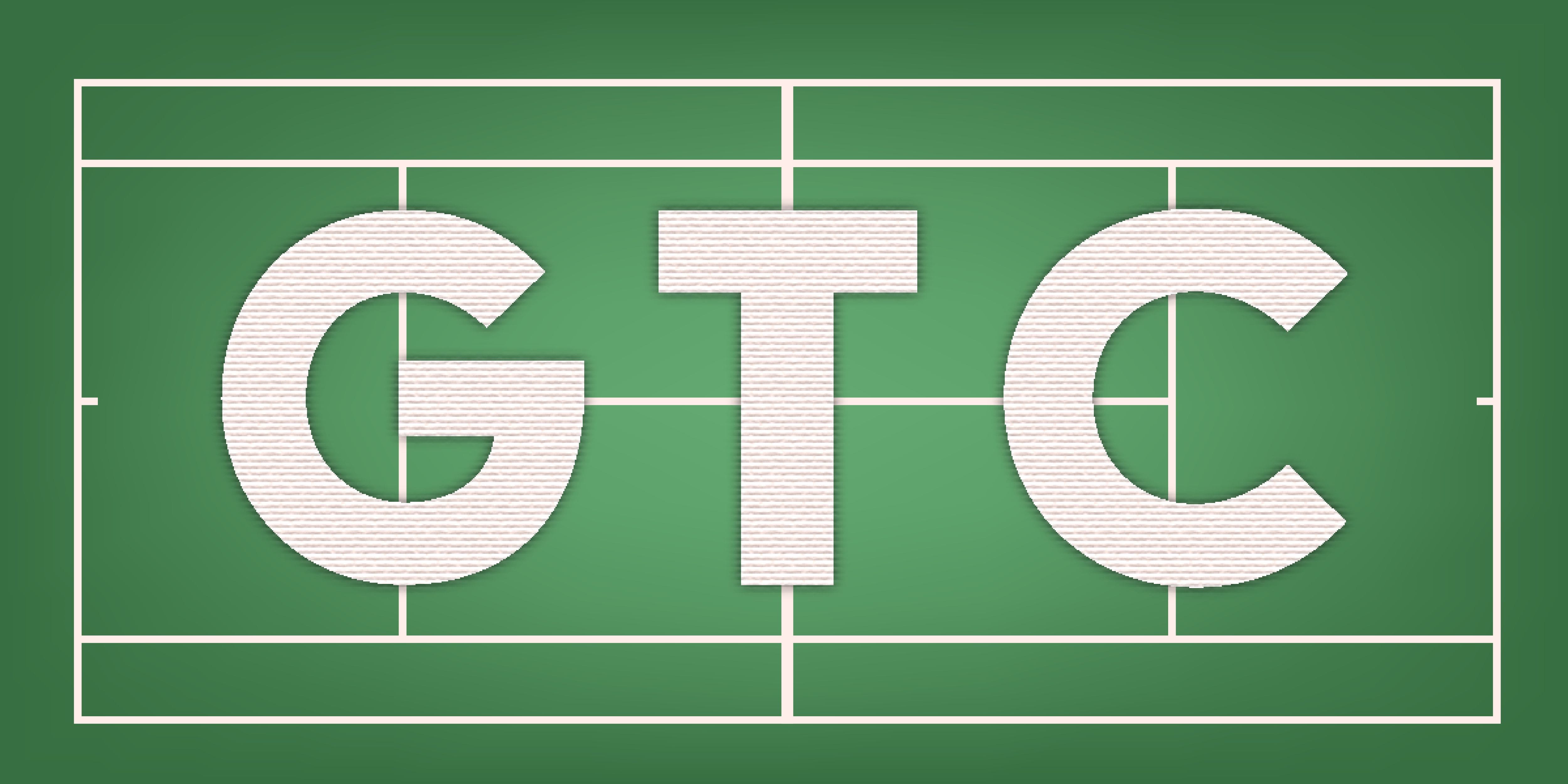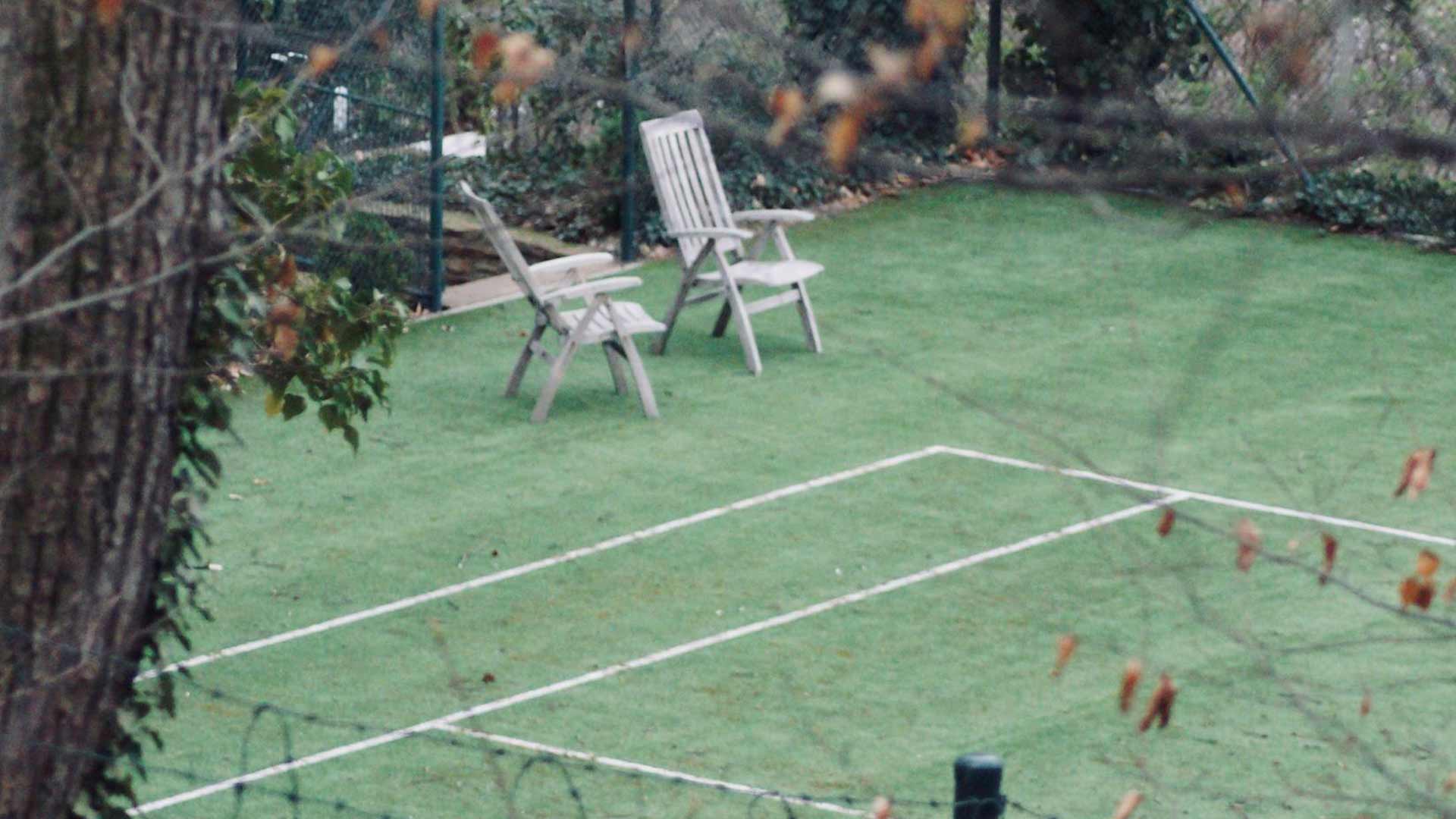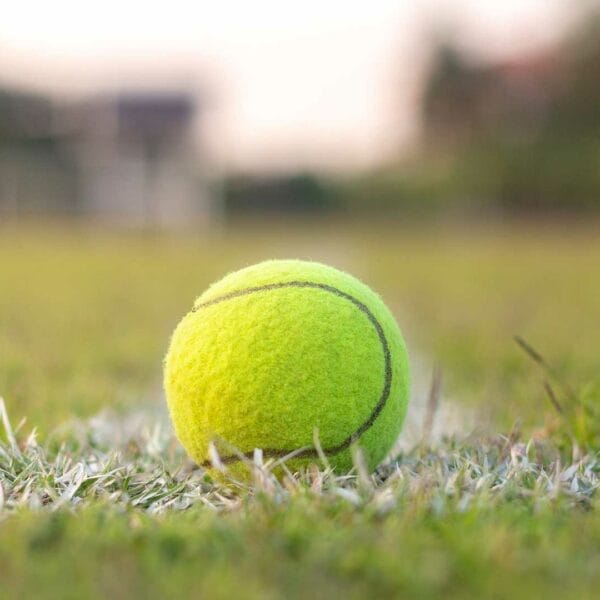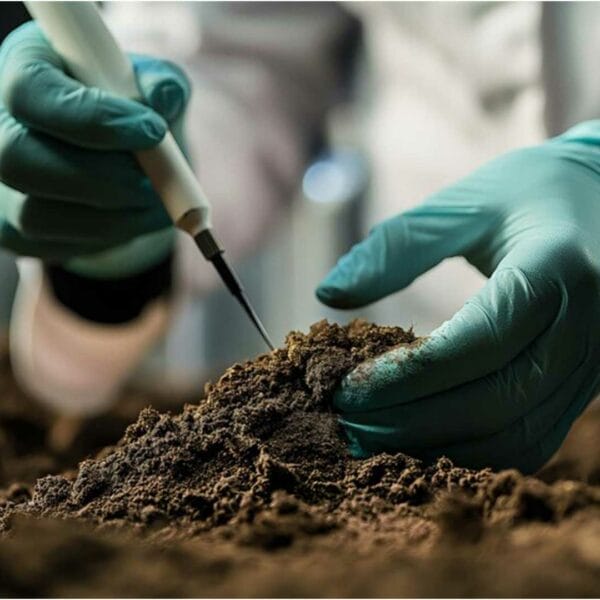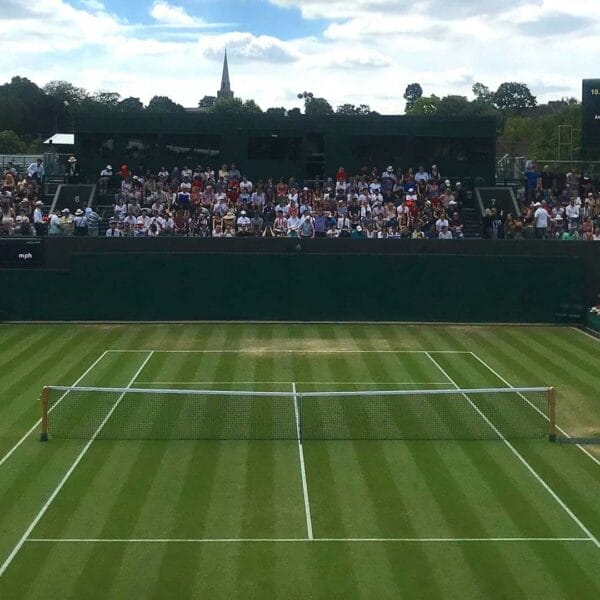cost-effective methods for grass tennis court maintenance
Introduction to Grass Tennis Court Maintenance Costs
Grass tennis courts require regular maintenance to ensure optimal playing conditions and extend their lifespan. However, the costs associated with maintaining these facilities can be significant, making it essential for owners and managers to understand the expenses involved. The initial investment in building a grass tennis court is substantial, but ongoing maintenance costs can add up quickly.
Labour, equipment, and materials contribute to the high maintenance costs of grass tennis courts. For instance, frequent mowing, aeration, and fertilization are necessary to keep the turf healthy and playable. Moreover, pest control measures must be implemented to prevent damage from insects, diseases, and weeds. Additionally, overseeding and reseeding may be required periodically to maintain the court’s appearance and functionality.
The costs of maintaining a grass tennis court can vary depending on several factors, including the size of the court, the frequency of use, and the level of maintenance required. On average, the annual maintenance costs for a grass tennis court can range from $5,000 to $20,000 or more, depending on the facility’s specific needs. These costs can be divided into various categories, including labour, equipment, materials, and supplies.
To put these costs into perspective, consider that a single hour of labour for a groundskeeper can cost upwards of $50 per hour, while specialized equipment and materials can be expensive to purchase and maintain. Furthermore, the cost of replacing a damaged or worn-out tennis court surface can be substantial, ranging from $10,000 to $50,000 or more, depending on the extent of the damage.
Understanding the costs associated with grass tennis court maintenance is crucial for owners and managers who want to make informed decisions about budget allocation and resource management. By recognizing the expenses involved, they can develop effective strategies to reduce costs, improve efficiency, and optimize the overall performance of their facilities. In the following sections, we will explore cost-effective methods for grass tennis court maintenance, including regular mowing and aeration techniques, water management strategies, and budget-friendly equipment options.
Regular Mowing and Aeration Techniques
Regular mowing and aeration techniques are essential components of grass tennis court maintenance,. They help promote healthy growth, prevent disease and maintain the court’s appearance. Proper mowing practices involve cutting the grass at the recommended height, typically between 1/4 inch and 1/2 inch, to allow for adequate sunlight penetration and air circulation.
A well-maintained mower is also critical for efficient mowing operations. Owners should invest in high-quality mowers designed specifically for grass tennis courts, which often feature adjustable blade heights, robust engines, and durable construction. Regular sharpening of mower blades is also vital to prevent tearing the grass and promote even growth.
In addition to regular mowing, aeration is another crucial technique for maintaining healthy grass tennis courts. Aeration involves removing small plugs of soil and grass to improve drainage, reduce soil compaction, and promote root growth. This process can be performed manually or mechanically, depending on the size of the court and the desired level of aeration.
The frequency of aeration depends on factors such as weather conditions, soil type, and usage patterns. As a general rule, courts with heavy usage or poor drainage may require more frequent aeration, typically every 6-8 weeks during peak season. Courts with lighter usage or better drainage may only need aeration every 12-16 weeks.
To optimize mowing and aeration techniques further, owners should consider implementing a regular schedule for these tasks. This may involve setting aside dedicated time each week for mowing and aeration or hiring a professional groundskeeper to perform these tasks. By prioritizing regular mowing and aeration, owners can help maintain a healthy, playable, and visually appealing grass tennis court that meets the needs of players and spectators alike. Effective mowing and aeration techniques can also contribute to reduced maintenance costs by minimizing the need for costly repairs and replacements.
Water Management Strategies for Optimal Growth
Water management strategies are pivotal in optimizing grass tennis court growth, particularly in regions with limited rainfall or high evaporation rates. Adequate water supply is essential for maintaining a lush, green surface that provides optimal playing conditions.
One effective approach to water management is implementing a smart irrigation system. These systems utilize sensors and weather data to detect moisture levels in the soil, ensuring that water is applied only when necessary. This not only reduces water waste but also helps prevent overwatering, which can lead to shallow roots, fungal diseases, and other issues.
Another key aspect of water management is proper drainage. Grass tennis courts should have a well-designed drainage system that allows excess water to flow away from the playing surface. This can be achieved by installing French drains, catch basins, or other drainage solutions tailored to the court’s specific needs.
In addition to these physical measures, owners should also adopt water-conserving habits, such as reducing watering schedules during periods of low usage or applying mulch to retain moisture in the soil. Furthermore, incorporating drought-tolerant grass species or varieties with improved water efficiency can significantly reduce water consumption while maintaining a healthy, playable surface.
For optimal growth, soil moisture levels must be monitored regularly, and watering schedules adjusted accordingly. Tools such as soil probes, moisture meters, or even simple visual inspections can be used to identify signs of drought stress.
By implementing these water management strategies, owners can ensure their grass tennis courts receive the right amount of water at the right time, promoting healthy growth, reducing maintenance costs, and providing an enjoyable experience for players and spectators alike. Effective water management can also contribute to a longer lifespan for the court, minimizing the need for costly repairs and replacements.
Fertilization Methods for Healthy Turf
Proper fertilization is a critical component of grass tennis court maintenance, as it directly impacts the health and appearance of the turf. A well-fertilized lawn not only looks vibrant and green but also provides a safe and enjoyable playing surface for athletes. However, overfertilization can lead to environmental concerns, increased maintenance costs, and potentially harm the ecosystem.
To achieve optimal results without breaking the bank, consider the following cost-effective fertilization methods:
1. Organic Fertilizers
Organic fertilizers come from animals or plants and are used to maintain and improve the soil’s physical and chemical properties.
2. Slow Release Fertilizers
These types of fertilizers release nutrients gradually, reducing the frequency of applications and minimizing waste. They’re ideal for busy facilities with limited maintenance staff.
3. Integrated Pest Management (IPM)
IPM involves combining multiple control methods to manage pests and diseases. This holistic approach can reduce reliance on chemical fertilizers and minimize the risk of over-application.
4. Soil Testing
Conduct regular soil tests to determine nutrient deficiencies and pH levels. This information will help you make informed decisions about fertilizer application, reducing the likelihood of overfertilization.
5. Timing is Everything
Apply fertilizers during the growing season, typically spring and fall, when the grass is actively growing. Avoid applying during extreme temperatures, droughts, or wet conditions, as this can lead to reduced effectiveness or increased environmental impact.
6. Foliar Sprays
Foliar sprays deliver targeted nutrients directly to the leaves, bypassing soil limitations. This method is particularly useful for addressing micronutrient deficiencies or providing a quick boost to the turf.
7. Composting
Create your own compost by collecting yard trimmings, leaves, and kitchen scraps. This nutrient-rich amendment can be used to supplement fertilizers or as a standalone solution for improving soil health.
By incorporating these cost-effective fertilization methods into your grass tennis court maintenance routine, you can promote healthy turf growth, reduce environmental impact, and save money on long-term maintenance costs. Remember to always follow local regulations and best practices when selecting and applying fertilizers to ensure a safe and sustainable playing environment.
Pest Control Measures to Prevent Damage
Maintaining a pest-free grass tennis court is crucial for ensuring a safe and enjoyable playing experience for athletes. Pests like white grubs, chinch bugs, and billbugs can cause significant damage to the turf, leading to costly repairs and downtime. Effective pest control measures are essential for preventing infestations and promoting healthy turf growth.
One of the most effective ways to prevent pest infestations is through Integrated Pest Management (IPM). IPM involves monitoring the turf regularly for signs of pests, identifying the type of pest, and implementing control methods that minimize harm to the environment and human health. This holistic approach combines physical, cultural, biological, and chemical controls to manage pests and diseases.
Some key IPM strategies for grass tennis courts include:
1. Crop rotation and sanitation: Regularly removing debris, clippings, and weeds can help prevent pest populations from building up.
2. Biological controls: Encouraging beneficial insects like lady beetles and lacewings can help control pest populations naturally.
3. Cultural controls: Adjusting mowing heights, watering schedules, and fertilization programs can help create an environment less conducive to pest infestations.
4. Chemical controls: Targeted pesticides and fungicides can help control pest populations, but they should be used judiciously to avoid harming beneficial organisms and the environment.
In addition to IPM, other pest control measures can be implemented to prevent damage to the turf. These may include:
1. Soil insecticides: Applying insecticides to the soil can help control pests like white grubs and chinch bugs.
2. Fungicides: Treating fungal infections promptly can help prevent the spread of disease and reduce the risk of pest infestations.
3. Insect growth regulators: These chemicals can disrupt the life cycle of pests, making them less likely to reproduce and multiply.
4. Physical barriers: Installing physical barriers around the perimeter of the court can help prevent pests from entering the area.
Regular monitoring and maintenance are key to preventing pest infestations and maintaining a healthy, thriving turf. By implementing effective pest control measures and staying vigilant, you can protect your grass tennis court investment and ensure a safe and enjoyable playing experience for athletes.
Overseeding and Reseeding Best Practices
Overseeding and reseeding are critical components of grass tennis court maintenance, particularly after damage caused by pests, heavy use, or weather conditions. Proper overseeding and reseeding practices can help restore the turf’s density, colour, and overall appearance while also reducing the risk of future damage.
When selecting a suitable seed mix for overseeding or reseeding, consider factors such as climate, soil type, and existing grass species. It’s essential to choose a seed mix that matches the existing turf as closely as possible to ensure a seamless transition and minimal disruption to play.
Preparation is key before overseeding or reseeding. Remove any debris, dead grass, or weeds from the affected areas, and aerate the soil to improve drainage and promote healthy root growth. Apply a starter fertilizer to provide essential nutrients for germination and establishment.
Timing is also crucial for overseeding and reseeding. The ideal time depends on the climate and region, but generally, it’s best to do so during the cooler months when temperatures are between 50°F and 70°F (10°C and 21°C).
Proper seeding rates and depths are vital for successful overseeding and reseeding. Follow the manufacturer’s instructions for recommended seeding rates and apply the seeds at the correct depth to ensure optimal germination and establishment.
After overseeding or reseeding, maintain consistent moisture levels to facilitate germination and establishment. Avoid overwatering, which can lead to poor germination, disease, and weed growth. Keep the soil consistently moist during the first few weeks after seeding, then gradually reduce watering as the new grass establishes itself.
In addition to proper seeding techniques, regular maintenance practices such as mowing, fertilizing, and aerating will help promote healthy turf growth and prevent future damage. By following these best practices for overseeding and reseeding, you can maintain a lush, vibrant, and durable grass tennis court surface that provides a safe and enjoyable playing experience for athletes.
Budget-Friendly Equipment Options for Maintenance
Budget-friendly equipment options for grass tennis court maintenance can significantly reduce costs without compromising on quality. When it comes to choosing the right tools for the job, consider purchasing second-hand or refurbished equipment, renting machinery, or investing in energy-efficient models.
Second-hand equipment can be an excellent option for those on a tight budget. Websites like eBay, Craigslist, or local classifieds often have a wide range of used lawn care equipment available at discounted prices. However, to avoid potential issues, make sure to inspect the condition of the equipment thoroughly before making a purchase.
Renting machinery is another viable option for one-time or infrequent use. Many rental stores offer a variety of lawn care equipment, including aerators, dethatchers, and sprayers, which can be rented for a fraction of the cost of buying them outright. This approach allows you to access specialized equipment only when needed, saving money on storage and maintenance.
Energy-efficient equipment is becoming increasingly popular due to its environmental benefits and cost savings. Look for machines with eco-friendly features such as solar-powered chargers, electric motors, or fuel-efficient engines. These options may come with a higher upfront cost, but they can lead to significant long-term savings on fuel and maintenance expenses.
In addition to these options, consider investing in multi-functional equipment that can perform multiple tasks simultaneously. For example, a walk-behind aerator can also be used as a dethatcher or a sprayer, reducing the need for separate machines and saving space.
Lastly, don’t forget to take advantage of tax incentives and rebates offered by governments and manufacturers for purchasing energy-efficient equipment. These incentives can help offset the initial cost and make your investment even more cost-effective.
By exploring budget-friendly equipment options, you can maintain a well-manicured grass tennis court without breaking the bank. Remember to always research and compare prices, read reviews, and consult with experts to find the best equipment for your specific needs and budget.
Scheduling Maintenance Tasks for Efficiency
Proper scheduling of maintenance tasks is crucial for efficient grass tennis court maintenance. By creating a routine schedule, you can ensure that all necessary tasks are completed on time, preventing costly delays and damage to the court. Here are some tips to help you create an effective maintenance schedule:
1. Create a seasonal calendar
Divide the year into four seasons, each with its unique maintenance requirements. Spring is ideal for overseeding and reseeding, while summer is perfect for regular mowing and watering. Fall is the best time for aeration and fertilization, and winter is suitable for pest control measures.
2. Prioritize tasks based on urgency
Identify critical tasks that require immediate attention, such as repairing damaged areas or addressing pest infestations. Schedule these tasks accordingly to prevent further damage and minimize downtime.
3. Consider weather conditions
Take into account weather forecasts and adjust your schedule accordingly. Avoid performing tasks during extreme weather conditions, such as heavy rain or intense heat, which can compromise the effectiveness of maintenance activities.
4. Use technology to streamline scheduling
Utilize digital calendars, reminders, and task management apps to stay organized and on track. These tools enable you to assign tasks to team members, track progress, and receive notifications for upcoming deadlines.
5. Develop a preventative maintenance plan
Inspect the court regularly for signs of wear and tear and address issues promptly to prevent costly repairs later. This proactive approach helps extend the court’s lifespan and reduce maintenance costs.
6. Schedule maintenance during off-peak hours
Perform maintenance tasks during periods of low usage, such as early morning or late evening, to minimize disruptions to players and staff.
7. Review and adjust the schedule regularly
Review your maintenance schedule periodically to identify areas for improvement and adjust it as needed. This will ensure that your schedule remains effective and aligned with changing court conditions and maintenance requirements.
Implementing these strategies can optimize your maintenance schedule, reduce costs, and ensure a well-maintained grass tennis court that meets the needs of players and staff alike.
Cost-Effective Alternatives to Traditional Maintenance
In addition to optimizing your maintenance schedule, exploring alternative approaches to traditional maintenance methods can also help reduce costs without compromising the quality of your grass tennis court. One such option is adopting eco-friendly practices that promote sustainable turf management.
Eco-Friendly Turf Management
Implementing environmentally friendly practices can lead to significant cost savings in the long run. Some alternatives to traditional maintenance methods include:
– Using organic fertilizers instead of synthetic ones, which can be more expensive and potentially harm the environment.
– Adopting integrated pest management (IPM) techniques that combine physical, cultural, biological, and chemical controls to minimize pesticide use.
– Implementing rainwater harvesting systems to collect and store rainwater for irrigation purposes, reducing the need for potable water and lowering utility bills.
– Utilizing solar-powered equipment for tasks such as mowing and aerating, which can reduce energy consumption and lower greenhouse gas emissions.
Alternative Maintenance Materials
Another cost-effective approach is to explore alternative materials for maintenance tasks. For example:
– Using recycled plastic or rubber mulch instead of traditional sand or gravel for drainage and erosion control.
– Employing biodegradable weed barriers made from natural fibres like coconut coir or bamboo.
– Investing in durable, long-lasting equipment made from materials like stainless steel or aluminium, which can withstand harsh weather conditions and reduce replacement costs.
Partnering with Local Suppliers
Collaborating with local suppliers can also help reduce transportation costs and support the local economy. Consider partnering with nearby nurseries, landscapers, or equipment rental companies to source materials and services at competitive prices.
Repurposing Existing Resources
Finally, don’t underestimate the value of repurposing existing resources on your property. For instance:
– Reusing old equipment or machinery for non-critical tasks, such as cleaning or pruning.- Converting unused spaces into storage areas or tool sheds to keep maintenance supplies organized and within reach.
– Utilizing on-site waste management facilities to compost organic matter and reduce waste disposal costs.
By embracing these cost-effective alternatives to traditional maintenance methods, you can create a more sustainable, efficient, and budget-friendly grass tennis court maintenance program that benefits both your bottom line and the environment.
Conclusion on Affordable Grass Tennis Court Maintenance
In conclusion, maintaining a lush and healthy grass tennis court requires a combination of regular upkeep, strategic planning, and budget-friendly solutions. By implementing effective mowing and aeration techniques, managing water resources efficiently, and utilizing targeted fertilization methods, tennis court owners can significantly reduce costs associated with grass tennis court maintenance. Additionally, incorporating pest control measures, overseeding best practices, and leveraging budget-friendly equipment options can further optimize maintenance efficiency while minimizing expenses. Ultimately, by adopting these cost-effective strategies, tennis courts can achieve optimal growth, prevent damage, and ensure a safe playing surface for players, all within a manageable budget. Effective grass tennis court maintenance is not only crucial for player safety but also essential for extending the lifespan of the turf, thereby providing long-term savings and a superior playing experience.



